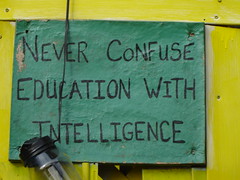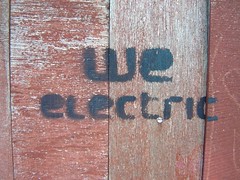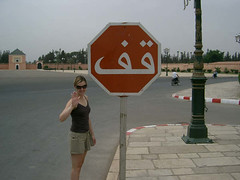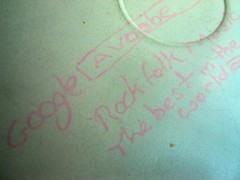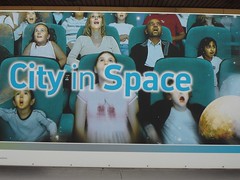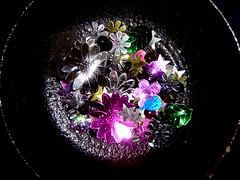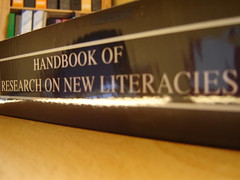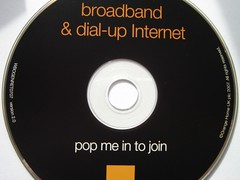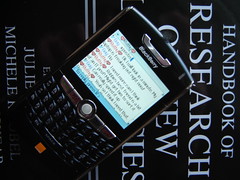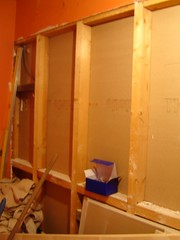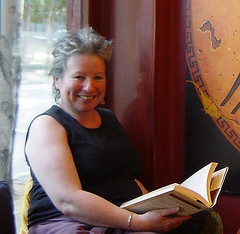
Down under
Jackie’s inaugral lecture was a real celebration of her achievements. I look forward to picking up the paper: Emergent Literacy 2.0, and will link to it from here. I was left wondering when digital or new literacy gets rehabilitated with mainstream literacy. If we accept that there is diachronic and synchronic variation in literacy/ies then we should be able to accommodate the full range of mark making procedures from scratches, to pen strokes, spraycan graffiti and onscreen writing. We might also be able to account for the affordances of these different writing media, their power and status, their legitimacy as well as their intertexts. And then we could describe them all as literacy practices etc etc. So far, so good. But, like the original emergent literacy concept, the emergent literacy 2.0 concept must be partly defined in opposition to ideas of 1.0. So, until dominant perceptions of literacy, and particularly schooled literacy, including of course early literacy, begin to broaden out new literacies, digital literacy and Emergent Literacy 2.0 are necessary ideas to hold. Maybe it’s also possible, as some have begun to suggest, that there is a bigger picture, that could be sketched out under the heading of School 2.0 .

